| Columns Retired Columns & Blogs |
Didn't Brian Jones and Keith Richards used to make a silly face they called a 'Nanker'...?
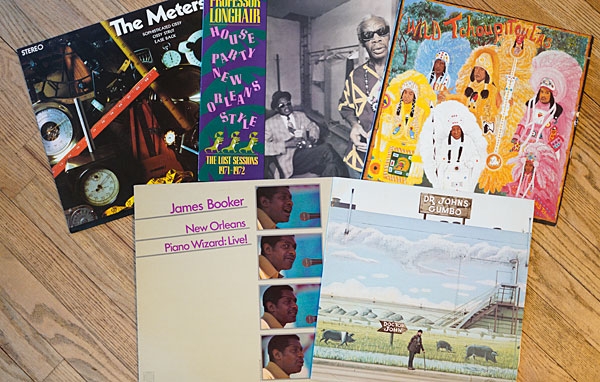
Today, people have not left the city. They're huddled indoors, wondering when it will be safe to go outside and resume the social and cultural life that's so uniquely central to this city.
With clubs and bars shut down and public gatherings banned, the question is posed again: Will the music return? Will people ever dance again, together in the street, to the rhythm of second-line parades, as music spills from bars? The city's history suggests an answer—yes, it will return—but right now it doesn't feel that way, and anyway, it won't happen for quite some time.
A Rich Recorded Legacy
As the clover blooms purple in my Bywater backyard, butterflies return to frolic in the warmth of the spring sun, and night-blooming jasmine perfumes the evening air, thoughts turn to festival season. This year, the festivals are postponed.
Fortunately, we have a rich legacy of recorded music to fall back on, including recordings that have sustained me throughout my life as a lover of New Orleans music, starting long before I moved to this city in 1999.
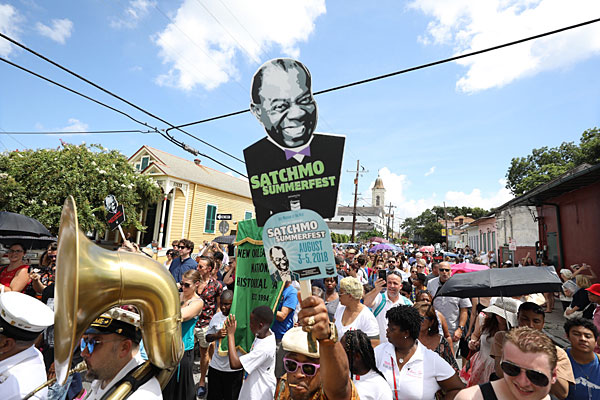
One of my favorite New Orleans music festivals is Satchmo SummerFest, an annual birthday party for Louis Armstrong, celebrated the first weekend in August. Armstrong was New Orleans's greatest export, an international star whose music I've loved since I was a kid, when he played at Freedomland amusement park in the Bronx.
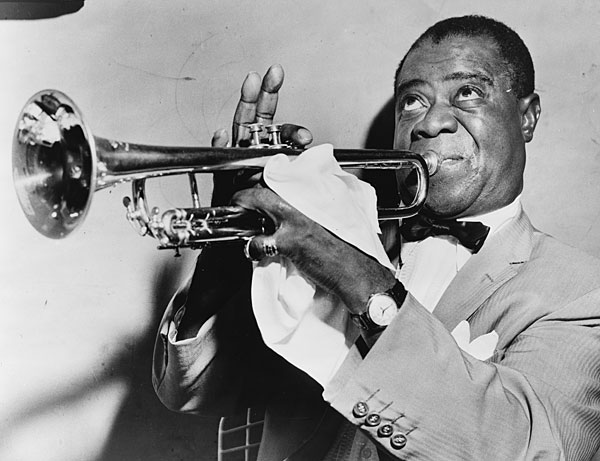
Growing up, I listened to rock, jazz, blues, and country music as a continuum, but I didn't really understand the musical connections until, in college, I started to become a more educated listener. One eureka moment came when, as I was discovering Louis Armstrong's catalog, I noticed a connection to one of my favorite rock bands, the Rolling Stones. A friend—Mike Creegan, a fanatic listener to both the Stones and Armstrong—formed a rock band called Nanker Phelge, based on a Stones songwriting alias. He took Armstrong riffs and solos and transposed the trumpet lines to guitar, then built Stones-like riffs around the lines. We used to sit in his room, marveling at some of Armstrong's genius constructions.
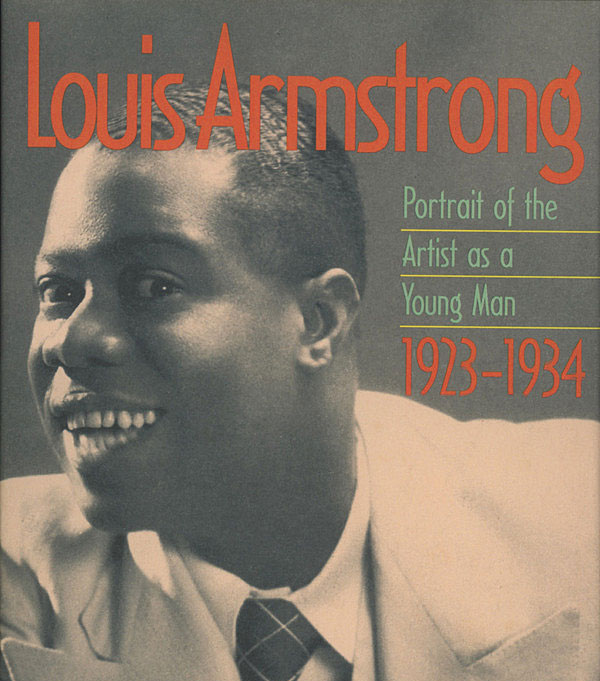
The best way for you to hear the stuff we were listening to is on the 4-CD set Louis Armstrong—Portrait of the Artist as a Young Man 1923–1934 (Columbia C4K 57176). The Portrait box is a gold-mine of Armstrong in the early years, when he perfected the concept of swing. The music ranges from Armstrong instrumentals and sessions with various vocalists to Armstrong as a vocalist along with his trumpet. For an example of how Armstrong riffs and solos translate to Stones-like templates, check out the alternate take of "St. Louis Blues" on this set's Disc 3. The set includes a treasure trove of the classic Hot Five and Hot Seven sessions, iconic tracks such as "West End Blues"—one of Armstrong's greatest moments—"Weather Bird," "Cornet Chop Suey," "Heebie Jeebies," "Muskrat Ramble," "Wild Man Blues," "A Monday Date," and "Struttin' With Some Barbecue." Disc 4 features Armstrong growing as a vocalist and leading larger groups. Some of these songs became staples of his live shows, performed throughout his career: "When It's Sleepy Time Down South," "Basin Street Blues," "Lazy River," and "On the Sunny Side of the Street."
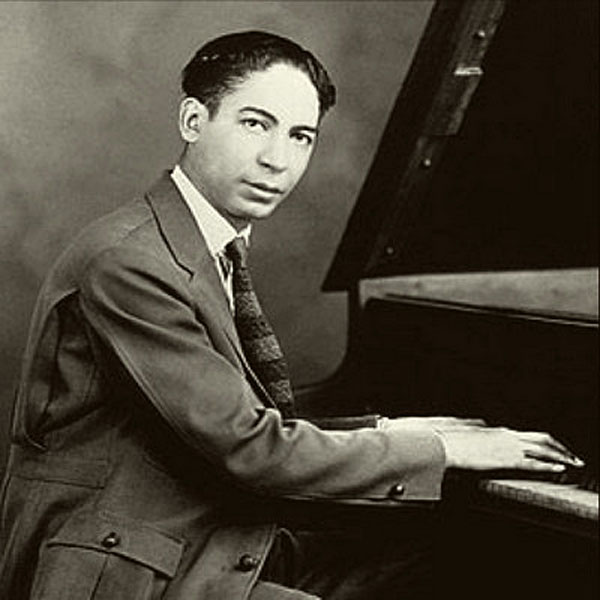
Once upon a time, Ferdinand Joseph LaMothe—aka Jelly Roll Morton—was a controversial figure because of his claim to have invented jazz. That question—who invented jazz—is as malleable as the question who invented rock'n'roll, but Jelly Roll's argument had merit: the first jazz song published, "Jelly Roll Blues," from 1915, was his; he wrote many songs—"King Porter Stomp," "The Pearls," "Dead Man Blues," "Wolverine Blues," "Winin' Boy Blues"—that would become jazz standards almost before jazz repertoire existed. He is the great-great-grandfather of New Orleans piano "Professors," who could fill a Storyville sporting parlor or a small dancehall with just their voice and a piano.
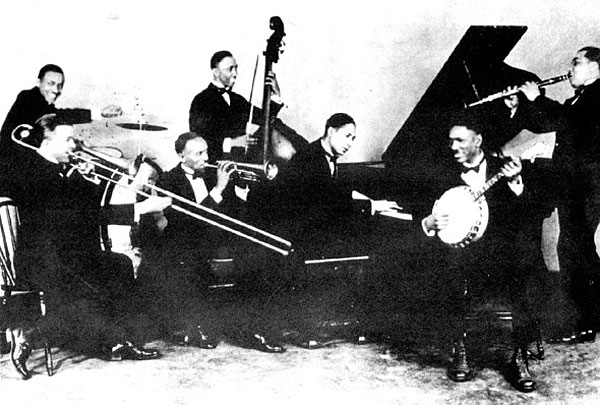
Morton described his style as including the "Spanish tinge," a Caribbean influence that runs through the history of New Orleans piano music, including Professor Longhair. Morton was an enterprising bandleader: Check out the Red Hot Peppers, his Chicago-based, New Orleans –bred all-star band with Kid Ory on trombone, George Mitchell on cornet, and Johnny St. Cyr on banjo. Many releases cover these sides, which were recorded for Victor in 1926–1928, but a personal favorite is my very first Jelly Roll purchase, The King of New Orleans Jazz (LP, RCA Victor LPM-1649).
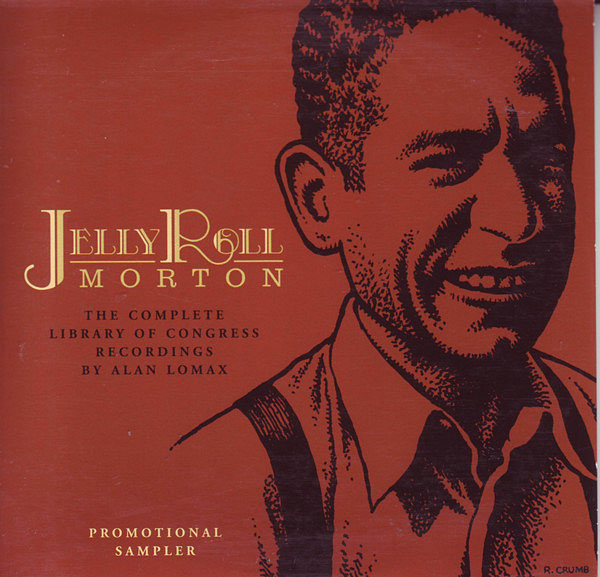
Over the years, my favorite Morton listening gravitated to his solo work, which echoes to this day in many corners of New Orleans music and often sounds strikingly contemporary, even though some of it is almost a century old. Right from the beginning, you can hear Morton unpacking the formalism of ragtime and bringing to his compositions a relaxed flow and genius for melody. I love Jelly Roll Morton – The Complete Piano Solos 1923–1939, a 2-disc French Import (CD, Music Memoria 34000). Morton's magnificence as a storyteller, both vocally and on the piano, continued to his later days: In 1938, he made his historic Alan Lomax recordings. There's an elaborate box set of these sessions on Rounder, Jelly Roll Morton The Complete Library of Congress Recordings by Alan Lomax (Rounder 11661-188-2P01).
Fats Domino is one of the most beloved figures in New Orleans music history. He wasn't just the most successful New Orleans artist during the glory days of the city's influential R&B period; he was also a cornerstone of rock'n'roll, racking up hit singles and rivaling Elvis Presley and Chuck Berry for popularity. He was a major influence on the Beatles. Domino's success owed a tremendous debt to one of New Orleans's greatest producers, bandleaders, and songwriters, Dave Bartholomew, who discovered Fats at the Hideaway Club while he was a talent scout for Imperial Records and recorded him with his own band and arrangements. Bartholomew would probably have been a much more popular figure on his own if he had not worked so hard to make Domino a star. Domino began as a charismatic blues pianist in the Champion Jack Dupree mold—his first single, "The Fat Man," was based on Dupree's classic "Junker Blues"—but Bartholomew turned him into a pop star.
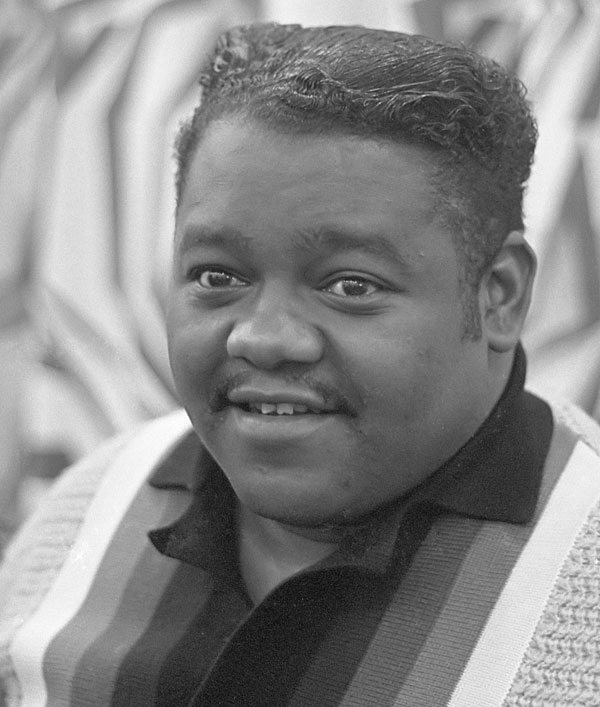
The definitive collection is Antoine "Fats" Domino – They Call Me the Fat Man – The Legendary Imperial Recordings (CD, EMI E2-7-96784-2). "The Fat Man," recorded in December 1949, sounds as fresh as the day Bartholomew's band cut it at Cosimo Matassa's J&M studio. "Ain't That a Shame," from the great rock'n'roll film, The Girl Can't Help It, was the first song a young John Lennon ever learned. Bartholomew, Bobby Charles, and Roy Brown had already cut "Let the Four Winds Blow" when Bartholomew brought Fats into the studio to cut a new version in June 1961; it reached #15 on the pop charts and #2 on the R&B charts. On "Walking to New Orleans," Bartholomew decided to fit this Bobby Charles–penned classic with a string arrangement, over Domino's objections. Bartholomew's instinct was apparently right: The song became a #6 hit on the pop charts and went to #2 on the R&B charts. Bartholomew had already cut "Blue Monday" on his own, but Fats's 1955 version is the one people remember, a brilliant track with a truly great baritone saxophone solo from Herb Hardesty. "I'm Walking" is a 1957 scorcher that rides on a terrific street beat drum pulse from the great Earl Palmer.
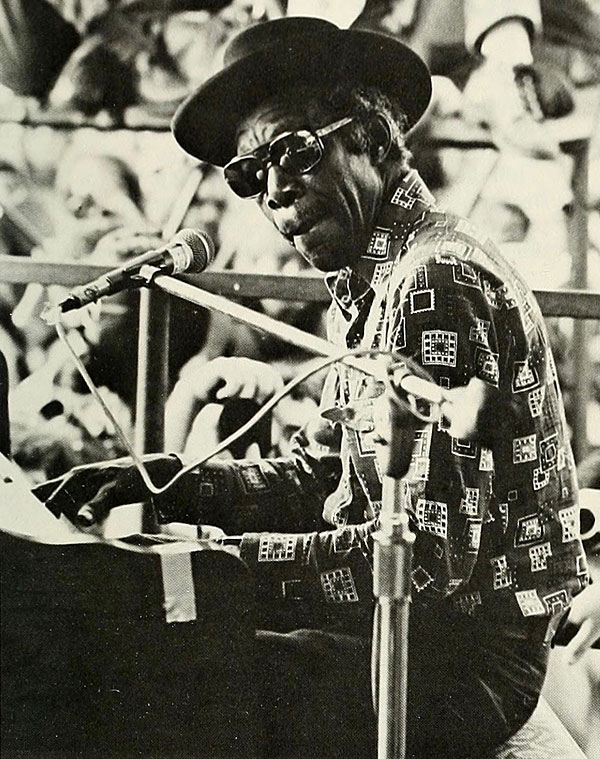
Professor Longhair was the missing link between the traditional New Orleans jazz codified by Jelly Roll and carried on by pianists Tuts Washington, Cousin Joe Pleasant, and Champion Jack Dupree, and the later R&B era of Allen Toussaint, Art Neville, and Dr. John. But Professor Longhair's legend outstripped his commercial viability, and he was essentially forgotten until his spectacular renaissance as the focal point of the New Orleans Jazz & Heritage Festival. Tipitina's, one of New Orleans's most famous clubs, was named for one of his songs.
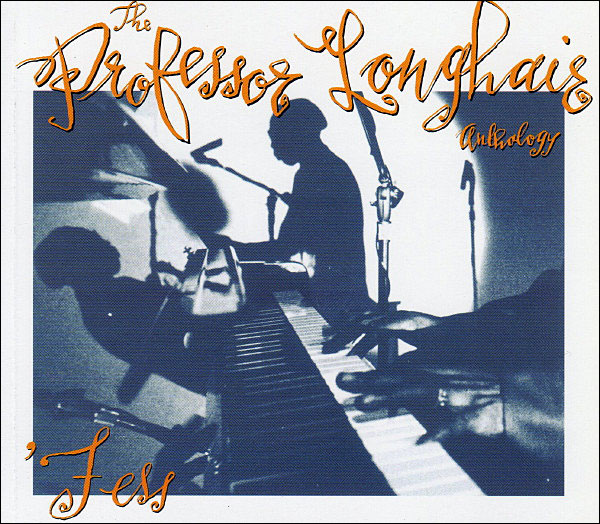
The Professor's recording career began as the mambo craze was hitting the airwaves, and his unique style combining clave rhythm with the blues was tremendously influential. 'Fess. The Professor Longhair Anthology (CD, Rhino R2 71502) offers a great overview of Longhair's career, from the 1950–64 classic period that produced "Bald Head," "Hadacol Bounce," "Tipitina," "In the Night," "She Walks Right In," "Go to the Mardi Gras," and "Big Chief" (Disc 1), to his work after being rediscovered in the 1970s.

Didn't Brian Jones and Keith Richards used to make a silly face they called a 'Nanker'...?

...https://en.wikipedia.org/wiki/Nanker_Phelge

I had just pulled out his 2 CDs from 2010 and 2013 and realized how great his music making was and how much he loved this music, respected earlier recordings, and his tours have been exposing many to this great musical form.

Would like to put in a word for Flow Tribe. One of the best contemporary New Orleans bands for sure! Their annual Christmas shows at Tiptina's are becoming a city tradition. For a taste, check out a complete show streaming on YouTube. It was recorded this past February.

Haven't finished my coffee. Here's a link to their website.
https://www.flowtribe.com/#fti-section

Vols. 1 + 2 are highly recommended...

The band for my high school Senior Prom was Sugar Boy & His Cane Cutters. We rocked'n'rolled from 8:00PM - 2:00AM. We all, band and kids, needed to re-fuel for the second half.
I've been spoiled ever since...